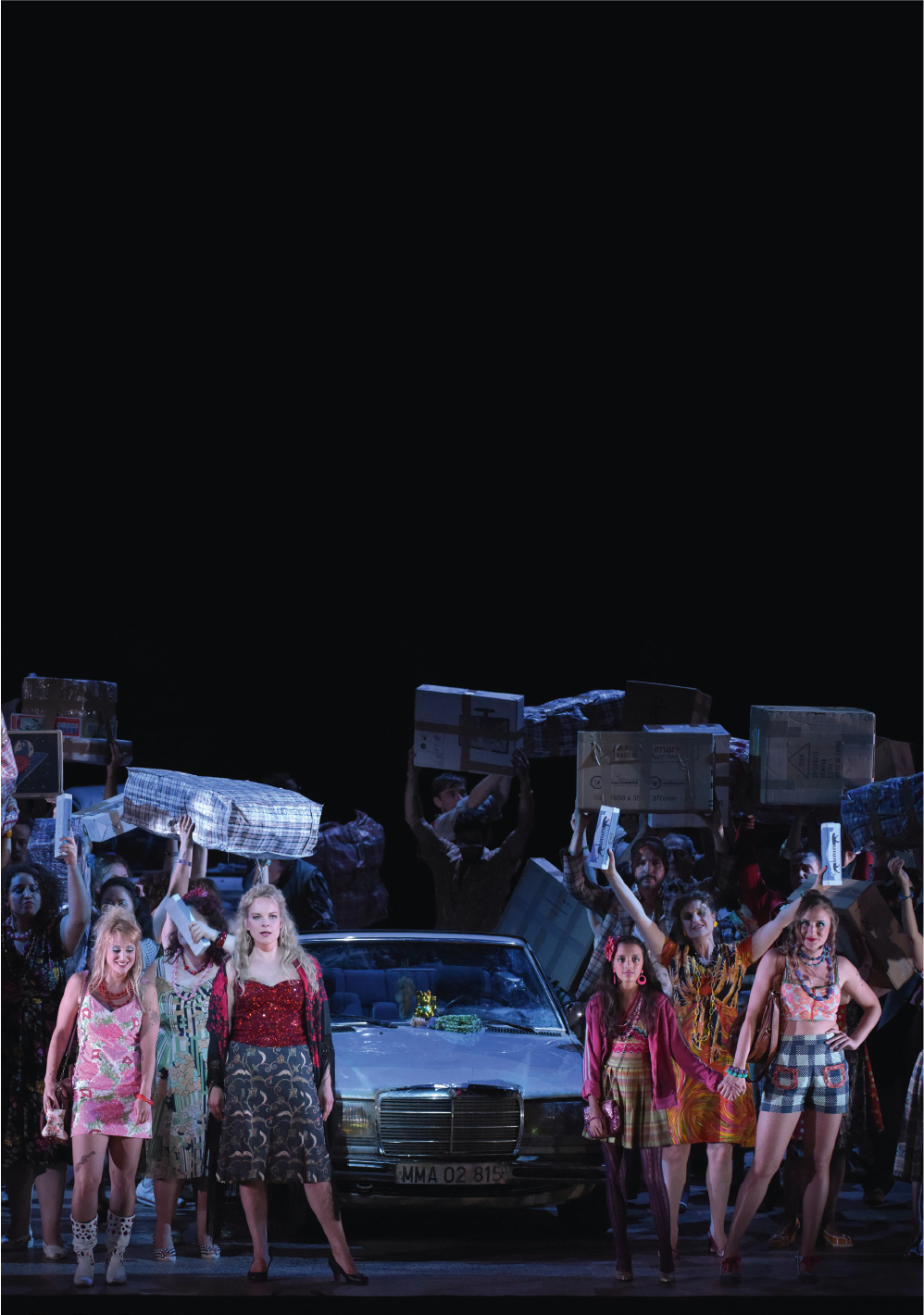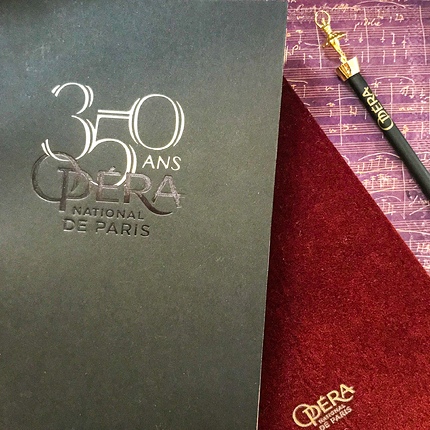Synopsis
Three works from her youth, three dialogues with guiding figures from classical music. The complex musical architecture of Quartet n°4 reflects the playfulness and seductive nature of ballerinas. With Die Grosse Fuge, Anne Teresa De Keersmaeker brings her quest for a masculine vocabulary to its conclusion with a work on the theme of the fall. The final part, Verklärte Nacht, scrutinises the sentiment of love through the wanderings of a couple whose image is fragmented into multiple images and sequences of itself. Of equal musical intensity, these three ballets interpenetrate in vibrant osmosis.
Duration : 1h50 with 1 interval
Artists
Creative team
Cast
- Friday 27 April 2018 at 19:30
- Saturday 28 April 2018 at 19:30
- Monday 30 April 2018 at 19:30
- Wednesday 02 May 2018 at 19:30
- Thursday 03 May 2018 at 19:30
- Friday 04 May 2018 at 19:30
- Saturday 05 May 2018 at 19:30
- Monday 07 May 2018 at 19:30
- Tuesday 08 May 2018 at 14:30
- Wednesday 09 May 2018 at 19:30
- Thursday 10 May 2018 at 19:30
- Friday 11 May 2018 at 19:30
- Saturday 12 May 2018 at 19:30
Latest update 10 May 2018, cast is likely to change.
Latest update 10 May 2018, cast is likely to change.
Latest update 10 May 2018, cast is likely to change.
Latest update 10 May 2018, cast is likely to change.
Latest update 10 May 2018, cast is likely to change.
Latest update 10 May 2018, cast is likely to change.
Latest update 10 May 2018, cast is likely to change.
Latest update 10 May 2018, cast is likely to change.
Latest update 10 May 2018, cast is likely to change.
Latest update 10 May 2018, cast is likely to change.
Latest update 10 May 2018, cast is likely to change.
Latest update 10 May 2018, cast is likely to change.
Latest update 10 May 2018, cast is likely to change.
Creative team
Cast
- Friday 27 April 2018 at 19:30
- Saturday 28 April 2018 at 19:30
- Monday 30 April 2018 at 19:30
- Wednesday 02 May 2018 at 19:30
- Thursday 03 May 2018 at 19:30
- Friday 04 May 2018 at 19:30
- Saturday 05 May 2018 at 19:30
- Monday 07 May 2018 at 19:30
- Tuesday 08 May 2018 at 14:30
- Wednesday 09 May 2018 at 19:30
- Thursday 10 May 2018 at 19:30
- Friday 11 May 2018 at 19:30
- Saturday 12 May 2018 at 19:30
Latest update 10 May 2018, cast is likely to change.
Latest update 10 May 2018, cast is likely to change.
Latest update 10 May 2018, cast is likely to change.
Latest update 10 May 2018, cast is likely to change.
Latest update 10 May 2018, cast is likely to change.
Latest update 10 May 2018, cast is likely to change.
Latest update 10 May 2018, cast is likely to change.
Latest update 10 May 2018, cast is likely to change.
Latest update 10 May 2018, cast is likely to change.
Latest update 10 May 2018, cast is likely to change.
Latest update 10 May 2018, cast is likely to change.
Latest update 10 May 2018, cast is likely to change.
Latest update 10 May 2018, cast is likely to change.
Creative team
Cast
- Friday 27 April 2018 at 19:30
- Saturday 28 April 2018 at 19:30
- Monday 30 April 2018 at 19:30
- Wednesday 02 May 2018 at 19:30
- Thursday 03 May 2018 at 19:30
- Friday 04 May 2018 at 19:30
- Saturday 05 May 2018 at 19:30
- Monday 07 May 2018 at 19:30
- Tuesday 08 May 2018 at 14:30
- Wednesday 09 May 2018 at 19:30
- Thursday 10 May 2018 at 19:30
- Friday 11 May 2018 at 19:30
- Saturday 12 May 2018 at 19:30
Latest update 10 May 2018, cast is likely to change.
Latest update 10 May 2018, cast is likely to change.
Latest update 10 May 2018, cast is likely to change.
Latest update 10 May 2018, cast is likely to change.
Latest update 10 May 2018, cast is likely to change.
Latest update 10 May 2018, cast is likely to change.
Latest update 10 May 2018, cast is likely to change.
Latest update 10 May 2018, cast is likely to change.
Latest update 10 May 2018, cast is likely to change.
Latest update 10 May 2018, cast is likely to change.
Latest update 10 May 2018, cast is likely to change.
Latest update 10 May 2018, cast is likely to change.
Latest update 10 May 2018, cast is likely to change.
Les Étoiles, les Premiers Danseurs et le Corps de Ballet
Orchestre de l’Opéra national de Paris
Media
Access and services
Palais Garnier
Place de l'Opéra
75009 Paris
Public transport
Underground Opéra (lignes 3, 7 et 8), Chaussée d’Antin (lignes 7 et 9), Madeleine (lignes 8 et 14), Auber (RER A)
Bus 20, 21, 27, 29, 32, 45, 52, 66, 68, 95, N15, N16
Calculate my routeAt the Palais Garnier, buy €10 tickets for seats in the 6th category (very limited visibility, two tickets maximum per person) on the day of the performance at the Box offices.
In both our venues, discounted tickets are sold at the box offices from 30 minutes before the show:
- €25 tickets for under-28s, unemployed people (with documentary proof less than 3 months old) and senior citizens over 65 with non-taxable income (proof of tax exemption for the current year required)
- €40 tickets for senior citizens over 65
Get samples of the operas and ballets at the Paris Opera gift shops: programmes, books, recordings, and also stationery, jewellery, shirts, homeware and honey from Paris Opera.
Palais Garnier
- Every day from 10:30 a.m. to 6 p.m. and until performances end
- Get in from Place de l’Opéra or from within the theatre’s public areas
- For more information: +33 1 53 43 03 97
Online
Palais Garnier
Place de l'Opéra
75009 Paris
Public transport
Underground Opéra (lignes 3, 7 et 8), Chaussée d’Antin (lignes 7 et 9), Madeleine (lignes 8 et 14), Auber (RER A)
Bus 20, 21, 27, 29, 32, 45, 52, 66, 68, 95, N15, N16
Calculate my routeAt the Palais Garnier, buy €10 tickets for seats in the 6th category (very limited visibility, two tickets maximum per person) on the day of the performance at the Box offices.
In both our venues, discounted tickets are sold at the box offices from 30 minutes before the show:
- €25 tickets for under-28s, unemployed people (with documentary proof less than 3 months old) and senior citizens over 65 with non-taxable income (proof of tax exemption for the current year required)
- €40 tickets for senior citizens over 65
Get samples of the operas and ballets at the Paris Opera gift shops: programmes, books, recordings, and also stationery, jewellery, shirts, homeware and honey from Paris Opera.
Palais Garnier
- Every day from 10:30 a.m. to 6 p.m. and until performances end
- Get in from Place de l’Opéra or from within the theatre’s public areas
- For more information: +33 1 53 43 03 97
Online
Partners
-
With the support of AROP


















































































































